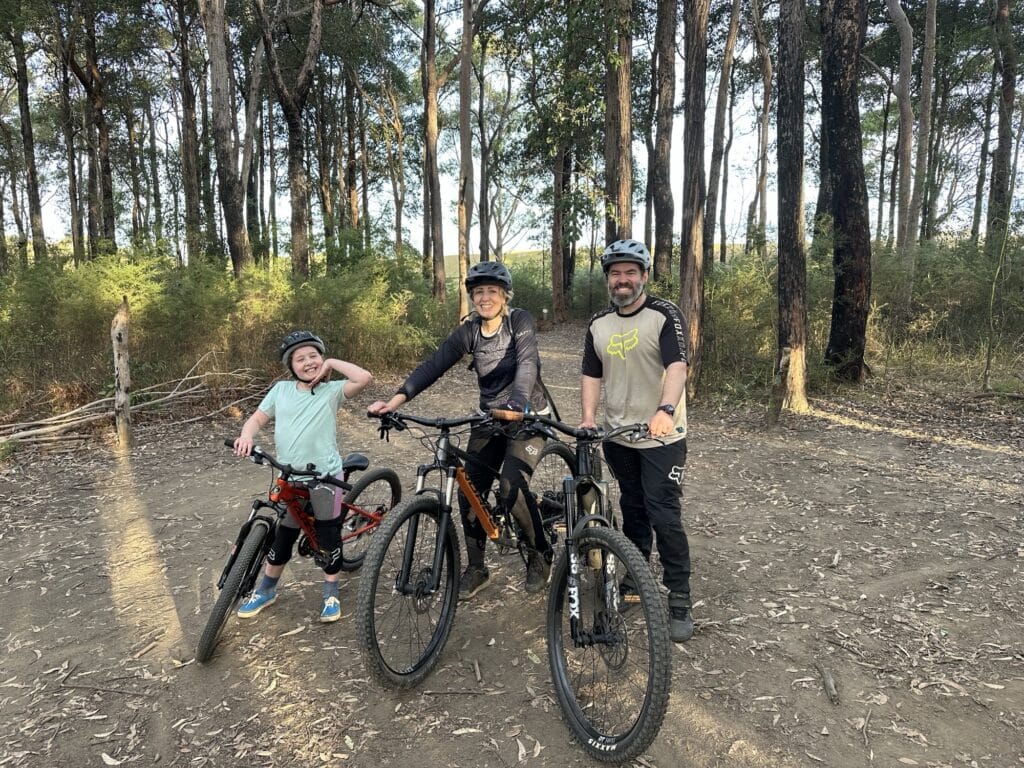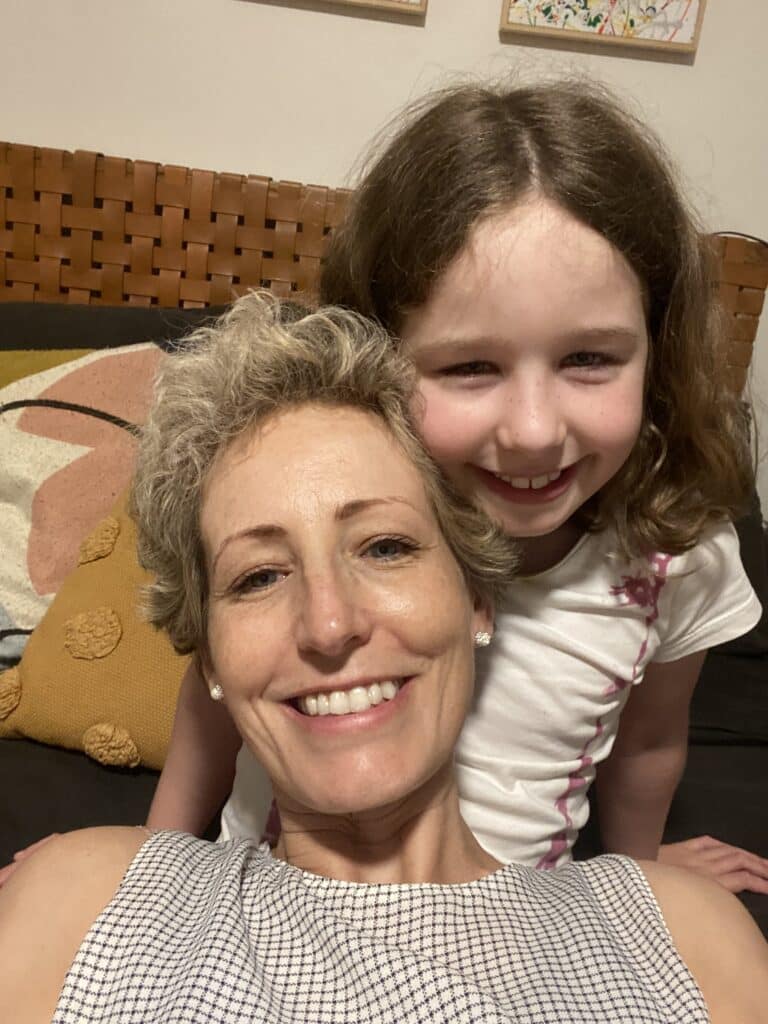Many people are aware that finding an unusual lump on your breasts could indicate cancer, which is why it’s important to consult your doctor as soon as possible. However, lumps aren’t the only symptom associated with breast cancer. Sometimes, there are no symptoms at all.
“For the 50 per cent of patients who are diagnosed with breast cancer as a result of symptoms or from a doctor finding an abnormality, a lump is by far the most common finding,” says Dr Nick Zdenkowski, Medical Adviser at Breast Cancer Trials – Australia’s breast cancer clinical trials research group.
“The challenge, of course, is that most lumps are not cancer, and many cancers do not present as a lump. This is where the nuances are important.”

If symptoms do present, people should seek medical advice but it’s important not to panic as nine out of ten breast changes aren’t due to cancer.
There are some clues, however, that can help identify when a lump is more suspicious for a diagnosis of cancer. Dr Zdenkowski says to look out for lumps that are new or progressively getting worse, lumps that don’t resolve along the menstrual cycle, those that pull at the skin or are fixed to the chest wall, those that associate with swelling in the skin or under the armpit or lumps that associate with any other unusual symptoms like nipple discharge or pain.
Nevertheless, many patients– over half of those diagnosed with breast cancer– do not present, which is why routine mammographic breast screening is so important, says Dr Zdenkowski.
“Screen-detected cancers are typically detected at an earlier stage when the prognosis is better and cure is more likely,” he says.
This was the case for Diane Barker, who underwent routine breast cancer screening before she was diagnosed with triple negative breast cancer. She had noticed a bit of swelling in her right breast but didn’t present with any other unusual symptoms. Thanks to doctors finding the cancer in her testing results, Diane was able to begin her treatment urgently.

“I didn’t know how far it had spread and the pathology was showing that it was an extremely fast growing cancer,” said Diane. “It had a 90 per cent reproduction rate so it was really crazy the speed at which it was spreading.”
“The PET scan results showed that it had spread to my lymph nodes which was a worry but it hasn’t spread beyond the lymph nodes,” she said, noting that if it had spread to any other organ, she probably wouldn’t have survived.

BreastScreen Australia recommends women aged 50-74 without breast cancer symptoms should get a screening mammogram every two years. In New Zealand this test is free for women aged between 45 and 69 years.
Dr Zdenkowski has seen patients as well who’ve received prompt diagnosis and treatment because they went to see their general practitioner for assessment straight away after noticing an unusual symptom or lump.
“One who found their cancer and was able to avoid having chemotherapy because it was found so early,” says Dr Zdenkowski.
“This is a good outcome, to be able to avoid the short and long term side effects of chemotherapy, which is generally used for specific subtypes of breast cancer, and those that are diagnosed at a later stage (larger cancers, or cancer that has spread to the lymph nodes).”
When checking for signs of breast cancer, it’s important to note that breast shape and size can be affected by other factors as well, including menstrual cycle, pregnancy, weight and age.
For men, the most common symptom of breast cancer is a painless lump in the breast, often behind the nipple.
“Our advice these days is to know your breasts, and how they change from day to day and week to week, throughout the menstrual cycle and after menopause,” says Dr Zdenkowski. “Changes that seem unusual are then more likely to be noticed.”
“Don’t be afraid to go and see your doctor about these changes. Often a scan such as a mammogram or ultrasound is all that is needed to provide reassurance that there is no evidence of cancer.”
It’s Breast Cancer Awareness Month, and the latest free and online Q&A event from Breast Cancer Trials will be on the topic of triple negative breast cancer. Moderated by Author and Journalist Annabel Crabb, join leading breast cancer researchers and women with a history of triple negative breast cancer to discuss the latest in research, clinical trials and treatments.

